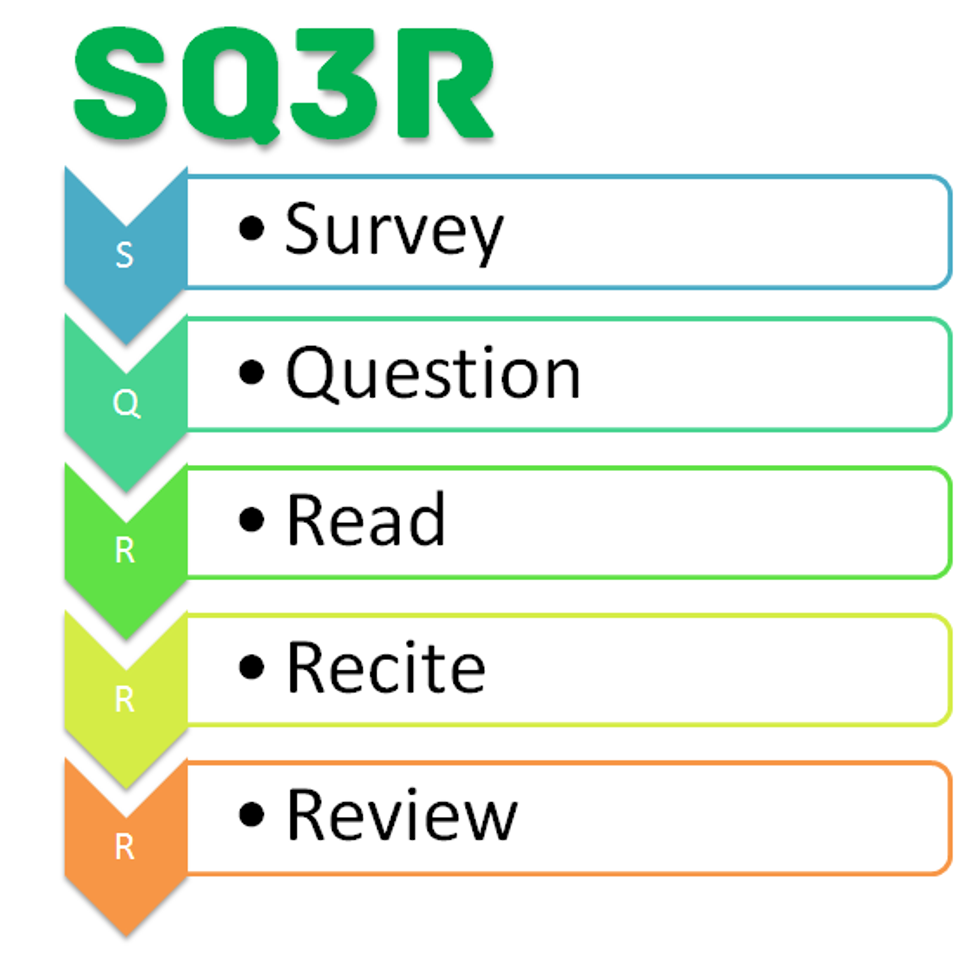Among many students that first transition into college, there is an almost unanimous agreement that the difficulty level of courses offered in college are noticeably more challenging than the classes offered in high school. For one, college professors generally tend to expect more out of their students, only touching on some topics in the class lecture while expecting students to learn all the necessary material for exams. Additionally, many college courses do not offer "homework points" or extra credit to students to improve their grades, instead of having class quizzes and exams accounting for a large portion of the student's overall grade. Besides these factors, however, one thing that definitely stands out about college courses compared to high school classes is the speed at which the course progresses.
Because a college course usually only lasts one school semester, the speed at which information is delivered to the students is substantially faster than an equivalent course offered in high school. As a consequence of this, student performance may decrease due to the inability to adapt to this pace of learning and too ineffective learning strategies that a student has held on to for much of their academic lives.
Personally, I definitely felt the pressure that my college courses exerted during my first semester in college. As the school year continued, I started to realize that my original methods of absorbing information for my classes were both very time consuming and energy-demanding. As I contemplated a way to try and fix my strategy of learning, one of the strategies that I found to be extremely beneficial to me is the SQ3R method of reading comprehension.
Introduced by Francis Robinson, an American education philosopher that attempted to improve the study techniques of student, the SQ3R method aims to help students engage with the reading and has shown to be effective in helping students learn and acquire new information. The SQ3R method is named after its five steps, which are described below.
1. Survey: Before reading, survey the reading for any apparent features, such as headings or subheadings, figures, graphs, and summaries or conclusions. Performing this step helps you prepare for the information that will be presented.
2. Question: Using the headings and subheadings as guides, generate some questions that you expect of the upcoming reading. Asking questions such as "What is this chapter about?" and "What do I already know about this topic?" allows the reading to be more interactive, helping to consolidate the information that will be learned.
3. Read: Read the text as well as any figures and graphs that may be in the reading. As this process is happening, look for answers to the questions that were raised in the previous method. This step promotes active reading, which helps you reinforce the information that you are learning.
4. Recite: In your own words, orally recite the information that is presented after each section. Underline or highlight the important information in the reading and take notes on each section. Additionally, incorporate as many of the five senses into this process as this helps you to remember what was read.
5. Review: Once the reading is finished, orally restate the main information that was presented in the text. This step is also an ongoing process, requiring you to frequently review the information from your notes in order to effectively solidify this information.



















